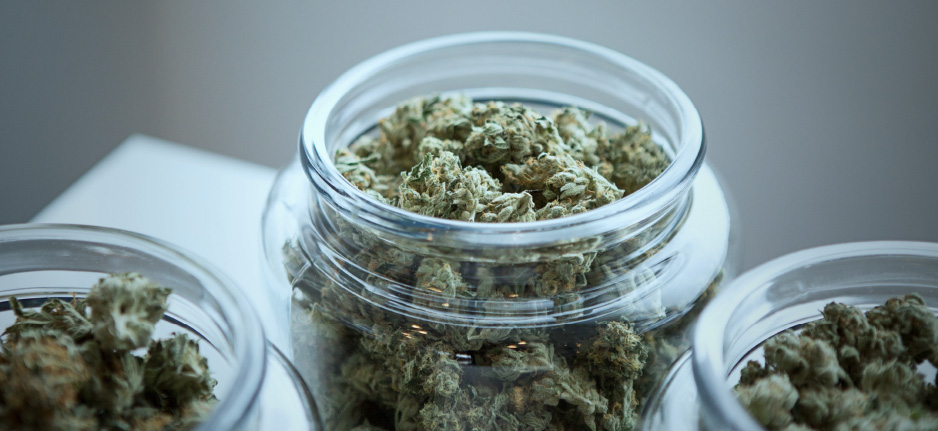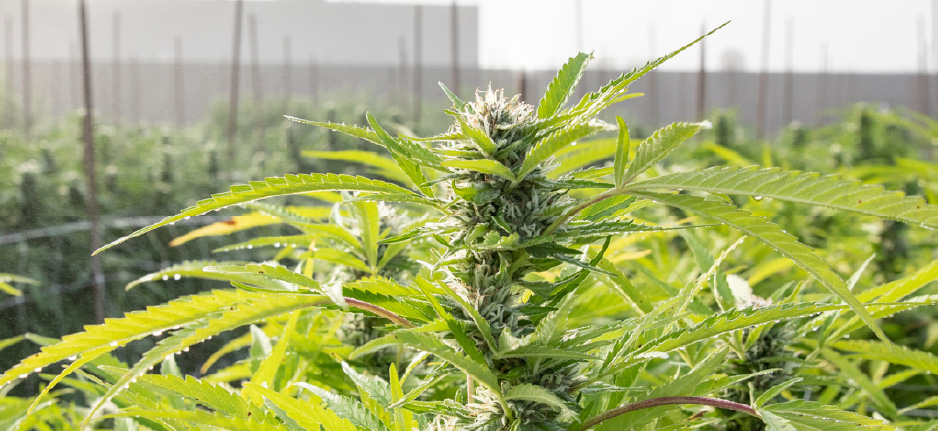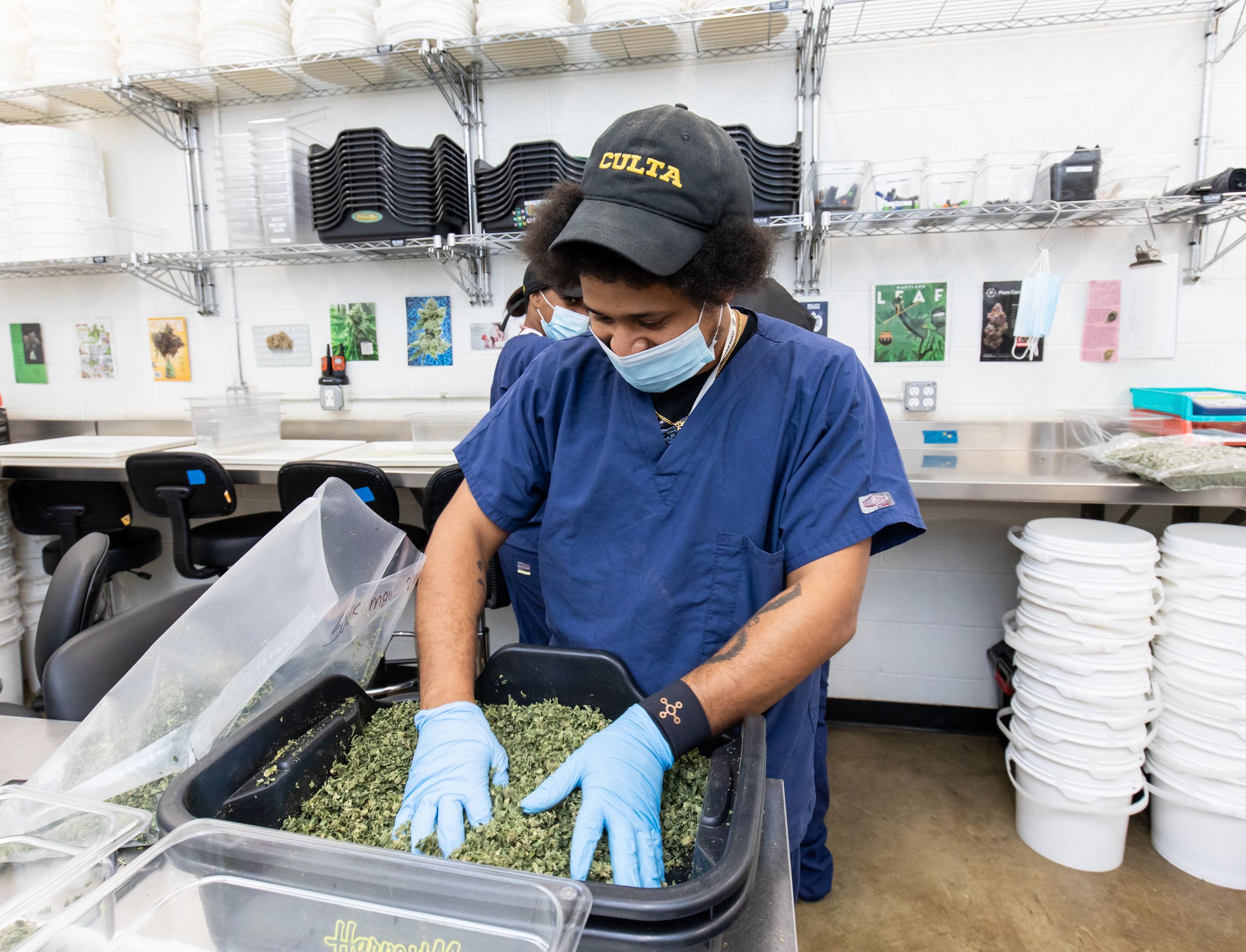Establishing a strong brand is essential to the success of your business, especially in an industry as saturated as the cannabis industry. From building a website to deciding between an LLC or an S-corp, there’s a lot that goes into creating a brand -- so much so that many businesses overlook an important first step in protecting it: trademarks.
If you’re wondering if establishing a trademark should be the next step your cannabis business takes, you’ve come to the right place. Read on for more info on trademarks.
First, What’s a Trademark?
In simplest terms, a trademark is any “thing” that helps a consumer distinguish between your products and services and another company’s products or services. It can be a word, logo, phrase, or symbol as long as it’s used to identify something as coming from your company. Examples of some trademarks you’re familiar with: the McDonald’s golden arches, the Coca Cola bottle, and even the red soles on a pair of Christian Louboutin heels.
The purpose of a trademark is to help businesses build an identity and reputation with customers. Imagine if multiple soda brands used Coke-shaped bottles and the Wendy’s logo featured golden arches? It’d cause confusion among consumers and would give the companies less of an identity.
What Can (& Can’t) Be Trademarked?
Pretty much anything can be trademarked, as long as you can prove it’s unique to your product or company. Common trademarks include brand names, the shape of a product or container, or a logo. It can also be a unique sound, design, or color.
You can’t trademark an invention or a piece of software -- that process is called patenting and is an entirely separate process.
How Does a Trademark Protect My Brand?
A trademark protects your brand by penalizing anyone who tries to copy your branding too closely. This is referred to as trademark infringement and carries penalties that can include damages and lost profits that can be as much as $15,000 per infringement, an injunction that will prevent the unauthorized use of the trademarked material, prison time, and the recovery of attorney and court fees if the case gets taken to court.
Of course, the severity and exact penalties can vary depending on where the infringement took place, to what level, and what the exact nature of the infringement is. If you believe your trademark is being infringed upon, contact your lawyer immediately for next steps.
Note: it is up to you to defend your trademark against misuse. Registration alone doesn’t prevent others from attempting to imitate your intellectual property.
The Trademark Process at a Glance
The legal rights that come with having a registered trademark are essential to your long-lasting success in the marketplace, and the process can be expensive and lengthy. For these reasons, it’s important to choose a strong mark from the start. Your trademark is often the first interaction somebody has with your brand, and it should be carefully thought out.
Conduct a Trademark Search
Once you have a mark in mind, you’ll need to do a comprehensive trademark search. This will determine if your trademark is already in use by somebody else. To protect your mark, we recommend working with an experienced trademark attorney. They’ll be able to guide you through the rest of the process, ensuring that your trademark is properly (and legally) protected.
Register Your Trademark
After you’ve conducted a search and determined your mark isn’t already being used, the next step is to register it with the United States Patent and Trademark Office, or USPTO. If you skip registering it, you’re only protected on a local level. To get full protection, registration is required.
Police Your Mark
As noted above, in order to protect your registered trademark, you’ll need to police it. The first step is to begin using the ® symbol once your trademark application has been registered. Include the symbol whenever your trademark is used, from signs and cannabis jar labels to your website.
Since it’s up to you to protect your trademark, it’s critical to know how to protect it from infringement. Again, your lawyer will be able to provide some tips on trademark protection.
Trademarks: Use It or Lose It
Once your trademark is approved, it needs your attention. Use your trademark extensively, so it stays in the public eye. Why? The United States trademark system is based on use. If another cannabis company applies for the same trademark and can prove that you haven’t used it consistently or properly, you could lose your rights to it.
Between the 5th and 6th years of owning the trademark, you’ll be required to file a “Declaration of Use” to show you plan on keeping your trademark in the public eye. Between the 9th and 10th year, you’ll be required to file additional paperwork in order to continue with ownership of the trademark. And you must refile every ten years to stay in good standing.
What Do ™ and ® Mean & How Do I Use Them?
You’ve probably seen companies using the ™ symbol, and others who use the ® symbol and wondered what the difference is. If you claim rights to a trademark but haven’t federally registered it, use the trademark (™). This is intended to alert the public to your claim. The ® symbol is the federal registration symbol and should only be used once the mark is actually registered with the USPTO. Even if your application is pending, the symbol cannot be used.
It may seem like a lot of work, but a trademark is essential to your success, and we highly recommend going through the process. Think of it as an investment in the future success of the company you’ve worked so hard to build.



